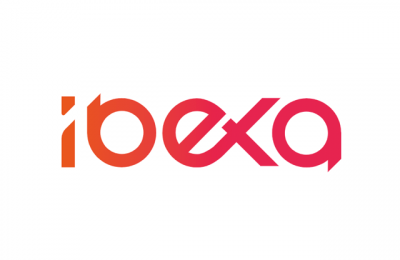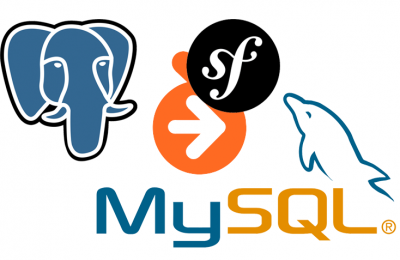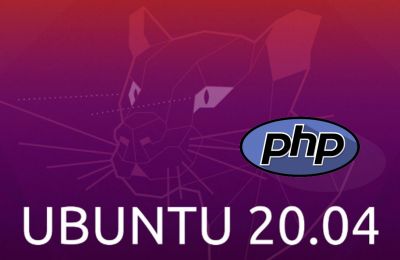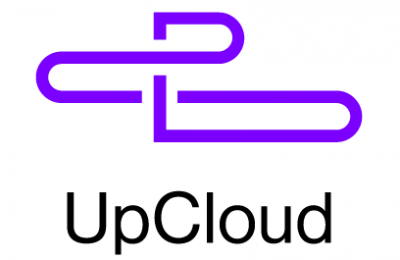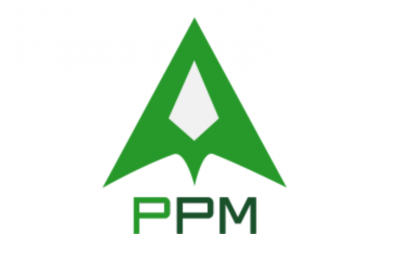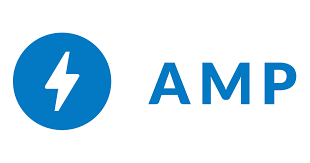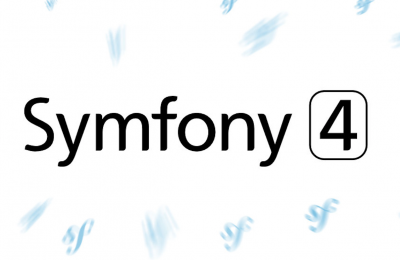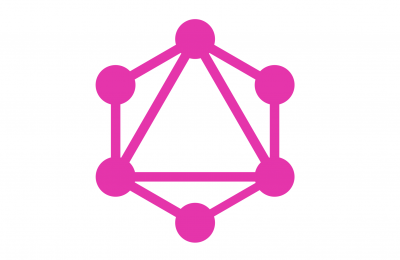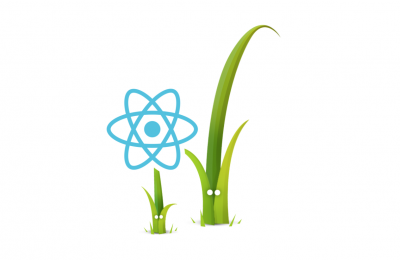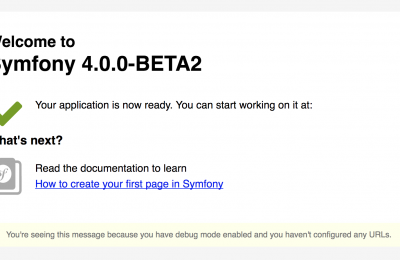It's common to call the Symfony framework a Full Stack Framework. This goes back to the days of it providing everything on the server side, from templating with Twig to data persistence by integrating the Doctrine ORM. But in the job market the title Full Stack Developer today means someone who is fluent in working in both front end and back end. With Symfony UX the framework is updated to be closer to that definition.
Written by Jani Tarvainen on Thursday December 3, 2020
Permalink -
The PHP 8.0 is scheduled to be released on November 26 2020, soon to be followed by the latest version of the Symfony framework 5.2. This is a quick round of benchmarks done on the latest release of both projects. It's a pure hello world scenario, and should be taken as such. Only relative performance counts. In the real world YMMV.
Written by Jani Tarvainen on Thursday November 26, 2020
Permalink -
For the past 12 months or so we've worked on a big update to the product range of my day job at Ibexa. The company was earlier known as eZ Systems and is the creator of the eZ Publish CMS. It was followed by eZ Platform, an evolution to a full stack Symfony app.
Written by Jani Tarvainen on Monday November 2, 2020
Permalink -
Inlining CSS is a technique that allows for improved first page load speed experience. In short you serve a snippet of your full CSS that is required to view the part before the fold, visible in the view port on load. The full stylesheet is loaded asynchronously with JavaScript.
Written by Jani Tarvainen on Friday June 5, 2020
Permalink -
I recently gave a try on moving a fairly standard Symfony 3.4 app using Doctrine ORM from a database PostgreSQL (9.6) to MySQL (8.0). Here's a quick outline of how it worked for me.
Written by Jani Tarvainen on Monday May 25, 2020
Permalink -
The Ubuntu Long Term Support (LTS) version, 20.04 AKA Focal Fossa was released in April 2020.
Written by Jani Tarvainen on Monday May 11, 2020
Permalink -
GraphQL is now a household name, and as such is already has two mature PHP libraries on the market. However, there is always room for new alternatives and now a new interesting option is available.
Written by Jani Tarvainen on Monday October 22, 2018
Permalink -
The next major update to PHP 7.3 is scheduled for release in late 2018. This is following the now standard yearly release process, that the development team has stuck for PHP versions 7.0, 7.1 and 7.2.
Written by Jani Tarvainen on Friday June 8, 2018
Permalink -
The MySQL development team has announced the General Availability of the MySQL 8.0.0 Open Source database.
Written by Jani Tarvainen on Thursday April 19, 2018
Permalink -
Most users will use the software that comes bundled with their Operating System. This includes everything from Safari on iOS to server utilities like PHP and MySQL. Defaults define the mainstream baseline.
Written by Jani Tarvainen on Saturday March 17, 2018
Permalink -
This blog and a number of other services run on an UpCloud VPS that provides high performance hosting with MaxIOPS technology that is faster than SSDs. I've been very happy with the service and would like to point out the readers of this blog that they are now more affordable.
Written by Jani Tarvainen on Thursday March 1, 2018
Permalink -
I've been using a PaaS called eZ Platform Cloud recently at work. In general I find the product, based on Platform.sh PaaS to provide a good workflow and great developer tooling.
Branching, version previews & local development data fetching is smooth - this makes it more annoying when issues surface ;) Especially ones that are difficult to debug… Like a HTTP 200 OK which is blank.
Written by Jani Tarvainen on Tuesday February 20, 2018
Permalink -
Running an application server written in PHP has been feasible for some years. One of the robus mature options for this has been PHP-PM, a process manager. Now the project has reached a major milestone with the release of 1.0.
Written by Jani Tarvainen on Monday January 8, 2018
Permalink -
AMP, the Accelerated Mobile Pages is an alternative markup to traditional HTML. Released in October 2015, the technology continues to gain popularity. In 2018 content driven sites should definitely look into integrating AMP markup views for optimal load times and SEO.
Written by Jani Tarvainen on Sunday December 10, 2017
Permalink -
I've been using GraphQL for some API thingamajigs, and it's been working fine. Now with Symfony 4 out, I figured a write-up on how to use GraphQL with Symfony Flex could be useful for someone.
We'll expand on a previous demo app that I built. That app already uses Doctrine ORM as storage, so let's bridge that to a GraphQL API.
Written by Jani Tarvainen on Wednesday November 29, 2017
Permalink -
Symfony 4 launches on November 30th 2017, some two years after the previous major release that was Symfony 3. Symfony 3 can be thought of as a stabilisation release with code cleanup, some new functionality and housekeeping Standard Edition (AKA Full Stack Framework).
In the latest incarnation there are more significant changes, especially to the framework and some key components. Let's take a look at four features that address frustrations that I've had in the past.
Written by Jani Tarvainen on Monday November 27, 2017
Permalink -
GraphQL has continued to gain momentum over the course of 2017. While it's certainly not a replacement for REST in all cases, it does provide consumers of Content APIs, etc. better ergonomics than general purpose RESTful interfaces. For PHP there are currently two popular libraries, both of which have Symfony integration Bundles.
Written by Jani Tarvainen on Monday November 13, 2017
Permalink -
React.js is a JavaScript view library that allows developers to create interfaces is a structured way based on a hierarchical component structure. React can either create the DOM structure from scratch, or attach to an existing one rendered by the server to speed up first load.
If you create Twig templates that match the React rendering, you can take advantage of this feature without a complicated rendering setup.
Written by Jani Tarvainen on Sunday November 12, 2017
Permalink -
With Symfony 4.0 a new standard structure for building applications is being adopted. This is known as Symfony Flex and will be the preferred way of creating applications. Symfony 4.0 is scheduled for release in November 2017, but many projects have already started adopting the new structure.
Written by Jani Tarvainen on Tuesday October 31, 2017
Permalink -
Docker containers have been becoming an increasingly common deployment method in the past few years. I've deployed some Node.js app in containers, which are very simple to deploy as there's a single process that's easy to run. I found running PHP to be more complex.
Written by Jani Tarvainen on Sunday October 22, 2017
Permalink -

